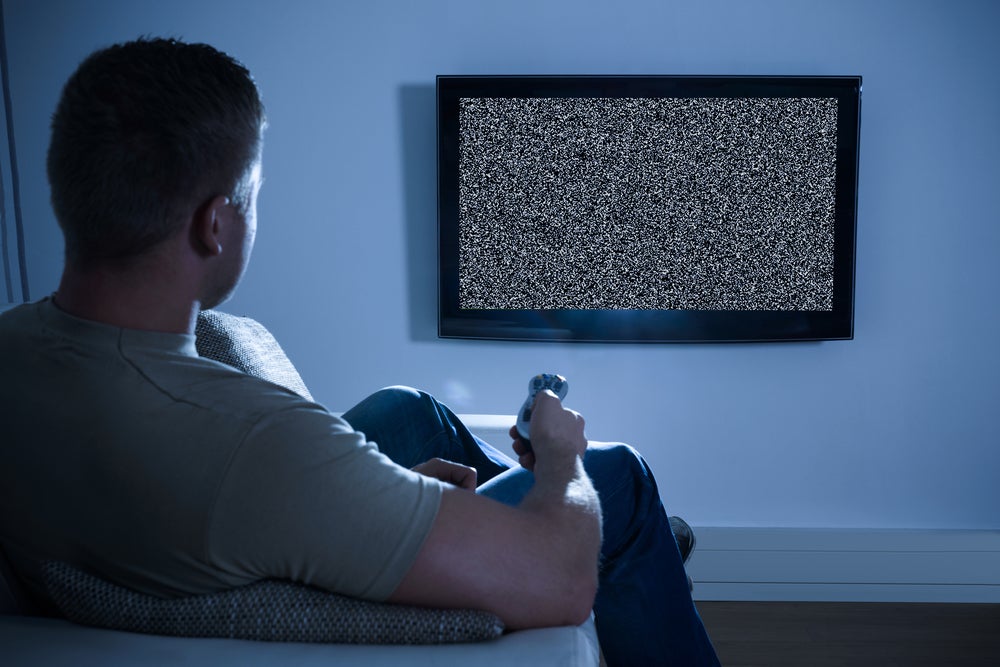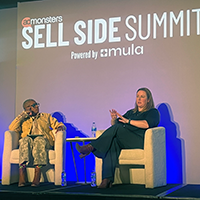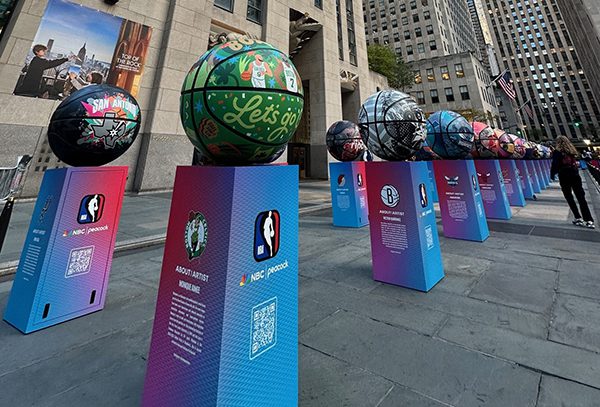It’s a long slow road from retailer’s shelves into the hands of the consumer. How do you speed it up? What’s a shortcut to stimulating demand?
The shortcut is simple — it’s called sampling.
The sampling business in the U.S. has continued to proliferate well beyond the traditional consumer packaged goods introductions of new products. We’re all used to seeing free fries, free coffee, mattress trials, free music downloads, free vitamins, free phone service trials, free software, etc. We are bombarded with FREE opportunities to trial all types of products and services.
One of the reasons for this is the increasing erosion of brand loyalty. Other challenges are securing retail shelf space, and then waiting for consumers to find your product amidst the ever-exploding SKUs and overcrowded shelves.
Educating consumers is a long, slow, painful process. Hence, most new products don’t make it. Jump starting demand for a new or mature brand through a well-targeted and professionally executed sampling promotion with brand ambassadors can effectively launch a product, build buzz and retailer affinity.
Focus group market research has consistently concluded that consumers of all ages love samples. They want generous sizes that are easy to open, easily accessible to purchase and come with coupons to encourage them to buy the product.
Samplers continue to use a variety of both traditional delivery vehicles and new media to reach their target audiences. These may include TV, magazines, newspapers, the Internet, direct mail, weinermobiles, events, etc. They often appear in-store, in-pack, on-pack, around special events like having a baby, at college, in school, going to a spa, etc. The venues are endless.
Samplers have a growing plethora of targeted locations for a prospect to receive their samples. There are three major places. They are:
-
IN-HOME SAMPLING: mail, doorknob, magazine, TV, Internet, newspaper, telephone
-
IN-STORE SAMPLING: in-pack, on-pack, near pack, demonstrations, goody bags, gifts with purchase
-
OUT-OF-HOME SAMPLING: malls, fairs, special events, hospitals, airports, sporting events, movies, etc.
Determining where a targeted prospect receives a sample is critical to the path of usage and conversion to a customer.
The big attraction of in-store demonstrations has always been that it takes place in an environment whereby someone can try it, like it and then buy it — right on the spot.
Therefore, being physically close to point of purchase is very important for some samplers. Also, being close to a usage environment is important.
Often a client is concerned about tightly targeting only to their unique target audience.
Bic disposable razors only wanted to sample to non-electric razor users. This was accomplished through a promotional sampling tie-in placing Bic razors on Colgate shaving cream.
Given the high cost of producing a sample, samplers are even more focused on tightly targeting a sampling promotion only to their ideal target audience — with no waste.
Samplers and all interested parties, including agencies, sampling companies, fulfillment centers, etc., are encouraged to get involved in the professional development of the sampling business.
The revived Product Sampling Council is doing new research and actively seeking participants to further education, professional development and research in the field of sampling. Please contact the Promotion Marketing Association (www.pmalink.org) for more information.
Art Averbook is the president of Co-op Promotion, a 20-year-old sales promotion and sampling company. He can be contacted at art@co-oppromotions.com
For more articles on sampling, go to http://promomagazine.com




